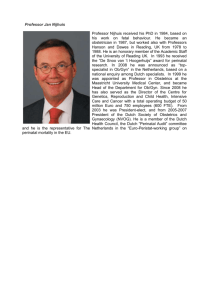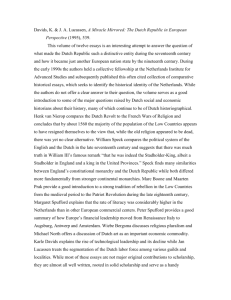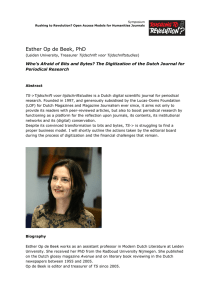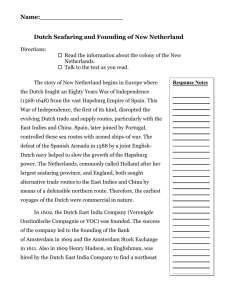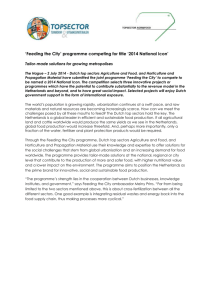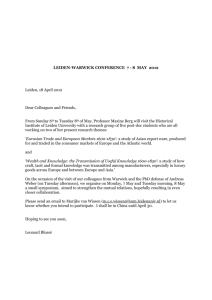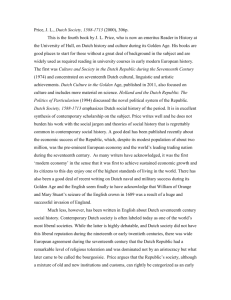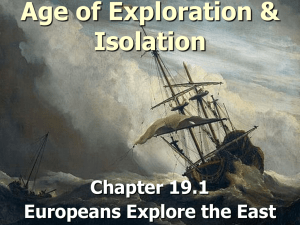extended
advertisement
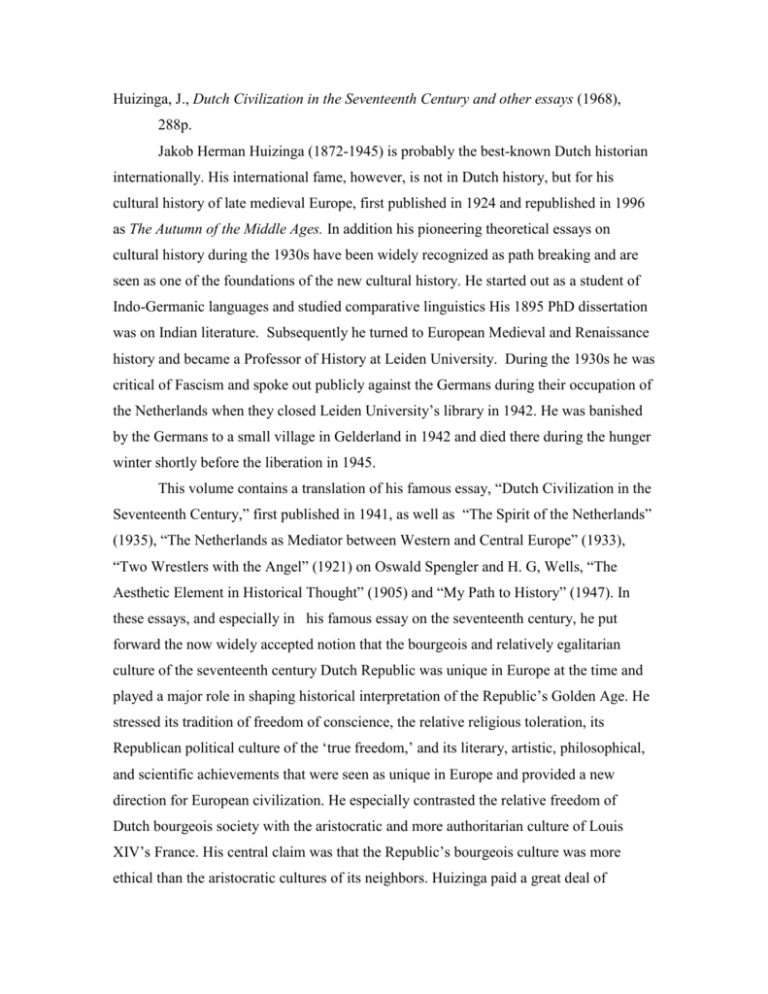
Huizinga, J., Dutch Civilization in the Seventeenth Century and other essays (1968), 288p. Jakob Herman Huizinga (1872-1945) is probably the best-known Dutch historian internationally. His international fame, however, is not in Dutch history, but for his cultural history of late medieval Europe, first published in 1924 and republished in 1996 as The Autumn of the Middle Ages. In addition his pioneering theoretical essays on cultural history during the 1930s have been widely recognized as path breaking and are seen as one of the foundations of the new cultural history. He started out as a student of Indo-Germanic languages and studied comparative linguistics His 1895 PhD dissertation was on Indian literature. Subsequently he turned to European Medieval and Renaissance history and became a Professor of History at Leiden University. During the 1930s he was critical of Fascism and spoke out publicly against the Germans during their occupation of the Netherlands when they closed Leiden University’s library in 1942. He was banished by the Germans to a small village in Gelderland in 1942 and died there during the hunger winter shortly before the liberation in 1945. This volume contains a translation of his famous essay, “Dutch Civilization in the Seventeenth Century,” first published in 1941, as well as “The Spirit of the Netherlands” (1935), “The Netherlands as Mediator between Western and Central Europe” (1933), “Two Wrestlers with the Angel” (1921) on Oswald Spengler and H. G, Wells, “The Aesthetic Element in Historical Thought” (1905) and “My Path to History” (1947). In these essays, and especially in his famous essay on the seventeenth century, he put forward the now widely accepted notion that the bourgeois and relatively egalitarian culture of the seventeenth century Dutch Republic was unique in Europe at the time and played a major role in shaping historical interpretation of the Republic’s Golden Age. He stressed its tradition of freedom of conscience, the relative religious toleration, its Republican political culture of the ‘true freedom,’ and its literary, artistic, philosophical, and scientific achievements that were seen as unique in Europe and provided a new direction for European civilization. He especially contrasted the relative freedom of Dutch bourgeois society with the aristocratic and more authoritarian culture of Louis XIV’s France. His central claim was that the Republic’s bourgeois culture was more ethical than the aristocratic cultures of its neighbors. Huizinga paid a great deal of attention to visual images and his art criticism has been influential in the history of art While modern Dutch historians have become much more critical of Dutch culture in the Golden Age than Huizinga’s idealistic views, which no doubt also owed something to the contrast with Nazi culture and the German occupation of the Netherlands, Huizinga’s interpretation of the Dutch Golden Age remains an important influence on the national identity of the Dutch in our own time.

